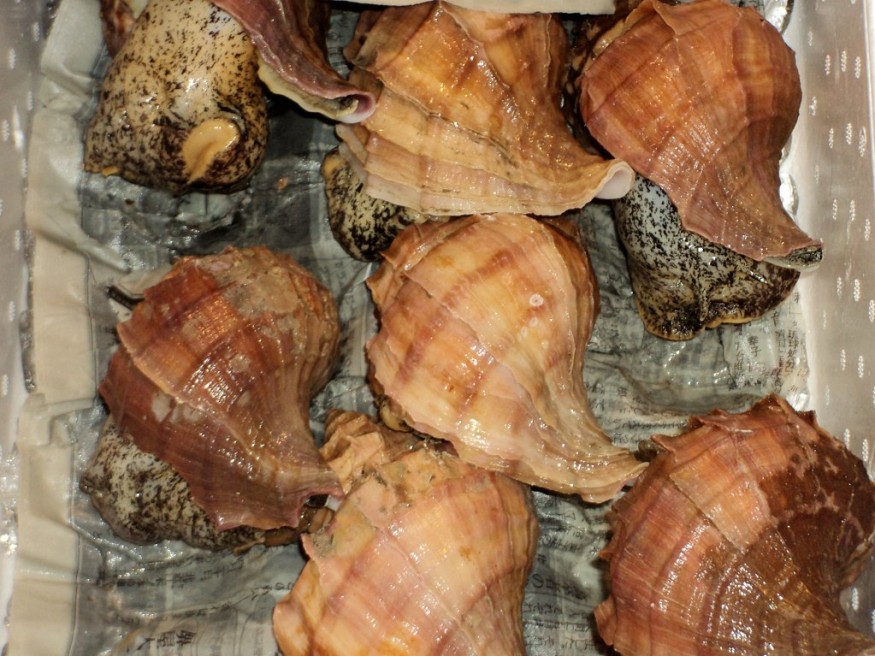
A new study found that shellfish seafood was instrumental in the movement of prehistoric people as they migrated and radiated out of the cradle of civilization in Africa. Migrating prehistoric peoples may have used shellfish to sustain their journey in their movement out of the African continent in times of famine and drought.
The study looked at fossil reefs located near areas in the Red Sea shoreline, which marked the migratory routes of prehistoric people to Arabia. The study's findings point to the Red Sea coast as the source of seafood that made the journey out of the gateway from Africa possible, especially in periods with little rainfall that made other food items scarce.
The research was led by scientists from the University of York, and is entitled: "Shellfish resilience to prehistoric human consumption in the southern Red Sea: Variability in Conomurex fasciatus across time and space." It was published in the journal Quaternary International.
The research team studied a total of 15,000 shells that date from 5,000 years ago during a time of aridity in the region. The coastlines of the original migratory routes were submerged from the rise of sea levels after the end of the previous Ice Age. The shells originated from nearby islands, such as the Farasan Islands group located in present-day Saudi Arabia.
The scientists found that marine mollusk populations were abundant enough that they retained their sustainability even after many continuous harvests with no significant adverse environmental effects. Their availability in great numbers will have allowed people to survive during drought.
University of York Department of Archaeology Associate Researcher and lead author Niklas Hausmann said that having available food resources was crucial in our understanding of past migrations by human hunter-gatherer populations. He says that their study shows that the Red Sea shoreline may have had the needed resources that made the passage possible.
The researchers also obtained confirmation that the migrating communities that settled at the shorelines may have relied on the shellfish for a year-round sustainable food source. Hausmann says that they found that during the periods when terrestrial food resources were hard to get, local seafood was there to fill in the gaps.
Past studies showed that for millennia, the southern Red Sea people consumed shellfish all year. The researchers now know that these ancient peoples did not deplete the resource, and the shellfish population continued to thrive.
The species of shellfish present in Farasan Islands archaeological sites were abundant in the fossil reefs as well. These fossils date more than a hundred thousand years in the past, which indicates that the shellfish were available as a food resource much earlier than what the archaeological sites suggested before.
La Trobe University researcher and study co-author Matthew Meredith-Williams said that the conditions of food resource availability in land and water are different. He says their study shows that marine foods have been resilient and abundant and that ancient people exploited them in times when terrestrial food was unreliable.
The European Research Council funded this study.
© 2025 NatureWorldNews.com All rights reserved. Do not reproduce without permission.





